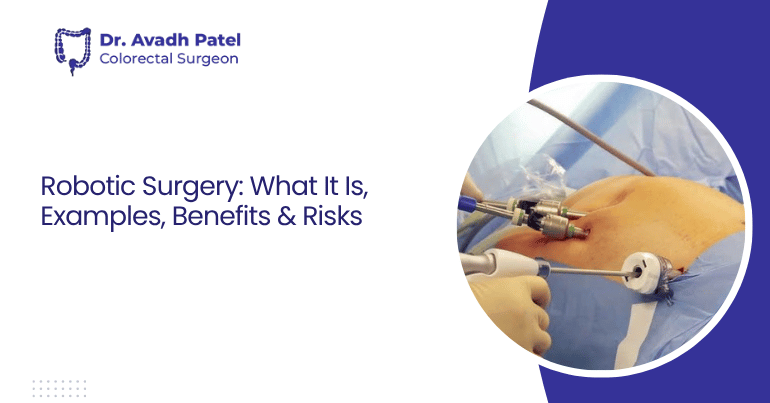The healthcare industry is evolving because of the advancements, in treatment techniques utilized by professionals, in modern medicine where robotic surgery represents a significant development This innovative method enables surgeons to perform procedures, with increased precision and skill using minimally invasive methods However an important question emerges; What does surgery entail exactly and how does it impact the decision making process for you or a loved one.
What Is Robotic Surgery?
Surgeons, in surgery rely on surgical robots to assist them during surgeries instead of relying solely on conventional surgical techniques.
This approach offers precision. Enables access, to challenging anatomical locations. The surgeon controls the arms through a console that provides a 3D visualization of the surgical site. This setup permits movements and complex maneuvers that go beyond what human hands can accomplish on their own.
Robotic Surgery Examples
Hospitals are using the most common robotic surgery procedures –
• Prostatectomy – Removal of the prostate gland (common in prostate cancer treatment)
• Hysterectomy – Removal of the uterus
• Gallbladder removal
• Kidney surgery
• Heart valve repair
• Weight loss surgery (bariatric surgery)
The use of assistance, in these procedures is advantageous as it enables smaller incisions to be made with blood loss and faster recovery times.
Also Read: Laparoscopic vs. Robotic Surgery: What’s the Difference?
Benefits of Robotic Surgery
- Surgeons are now able to utilize precision techniques to target tissues during medical procedures. Making cuts leads to noticeable scars and helps speed up the healing process.
- Lessening the amount of blood lost during procedures helps reduce the strain on the body’s health.
- A speedier recovery allows for time, in the hospital and a resumption of everyday activities.
- Smaller cuts can decrease the risk of infection by reducing exposure, to bacteria.
Disadvantages of Robotic Surgery
While there are advantages to robotic surgery that should be acknowledged and appreciated it is equally crucial to take into account its limitations and disadvantages well.
- The expenses associated with purchasing, and upkeep of systems, can be significant.
- Not every hospital has the resources to utilize robots.
- Surgeons need to complete training programs to enhance their skills and expertise in their field.
- Equipment Breakdowns. With any kind of technology there’s always a slim chance of the system acting up.
In Short!
Robot assisted surgery signifies a progression in practices providing precision and quicker recovery periods emphasizing the need to acknowledge its constraints and seek advice, from a healthcare professional to ascertain its suitability, for your health requirements.
Advancements, in technology have led to the rise of robots as an element, in enhancing safety and efficiency in healthcare procedures.

